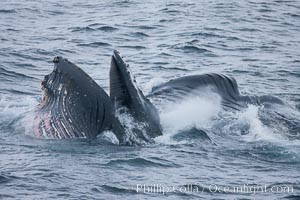
Humpback whale lunge feeding on Antarctic krill, with mouth open and baleen visible. The humbpack's pink throat grooves are seen as its pleated throat becomes fully distended as the whale fills its mouth with krill and water. The water will be pushed out, while the baleen strains and retains the small krill.
Species: Humpback whale, Megaptera novaeangliae
Location: Gerlache Strait, Antarctic Peninsula, Antarctica
Image ID: 25649
Species: Humpback whale, Megaptera novaeangliae
Location: Gerlache Strait, Antarctic Peninsula, Antarctica
Image ID: 25649
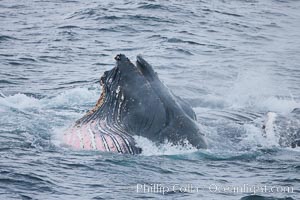
Humpback whale lunge feeding on Antarctic krill, with mouth open and baleen visible. The humbpack's pink throat grooves are seen as its pleated throat becomes fully distended as the whale fills its mouth with krill and water. The water will be pushed out, while the baleen strains and retains the small krill.
Species: Humpback whale, Megaptera novaeangliae
Location: Gerlache Strait, Antarctic Peninsula, Antarctica
Image ID: 25681
Species: Humpback whale, Megaptera novaeangliae
Location: Gerlache Strait, Antarctic Peninsula, Antarctica
Image ID: 25681
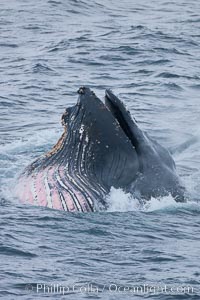
Humpback whale lunge feeding on Antarctic krill, with mouth open and baleen visible. The humbpack's pink throat grooves are seen as its pleated throat becomes fully distended as the whale fills its mouth with krill and water. The water will be pushed out, while the baleen strains and retains the small krill.
Species: Humpback whale, Megaptera novaeangliae
Location: Gerlache Strait, Antarctic Peninsula, Antarctica
Image ID: 25682
Species: Humpback whale, Megaptera novaeangliae
Location: Gerlache Strait, Antarctic Peninsula, Antarctica
Image ID: 25682
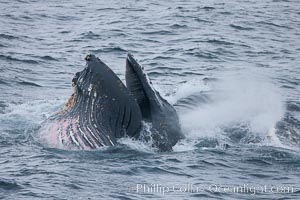
Humpback whale lunge feeding on Antarctic krill, with mouth open and baleen visible. The humbpack's pink throat grooves are seen as its pleated throat becomes fully distended as the whale fills its mouth with krill and water. The water will be pushed out, while the baleen strains and retains the small krill.
Species: Humpback whale, Megaptera novaeangliae
Location: Gerlache Strait, Antarctic Peninsula, Antarctica
Image ID: 25683
Species: Humpback whale, Megaptera novaeangliae
Location: Gerlache Strait, Antarctic Peninsula, Antarctica
Image ID: 25683
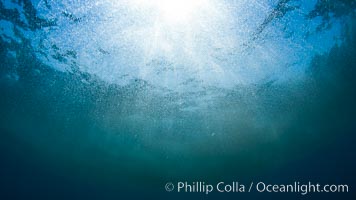
Krill. A thin cloud of pink krill gathers at the ocean surface, where it is likely to be preyed upon by sharks, fish, birds and whales.
Location: San Diego, California
Image ID: 27014
Location: San Diego, California
Image ID: 27014
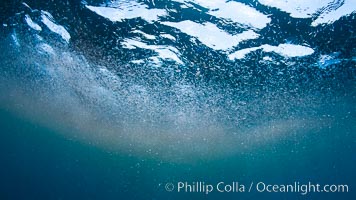
Krill. A thin cloud of pink krill gathers at the ocean surface, where it is likely to be preyed upon by sharks, fish, birds and whales. Likely Euphausia pacifica.
Location: San Diego, California
Image ID: 27016
Location: San Diego, California
Image ID: 27016
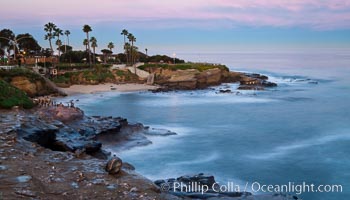
La Jolla Cove and earth shadow at dawn. Just before sunrise the shadow of the Earth can seen as the darker sky below the pink sunrise.
Location: La Jolla, California
Image ID: 26527
Location: La Jolla, California
Image ID: 26527
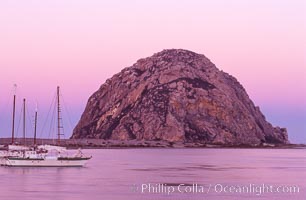
Morro Rock and Morro Bay, pink sky at dawn, sunrise.
Location: Morro Bay, California
Image ID: 06439
Location: Morro Bay, California
Image ID: 06439
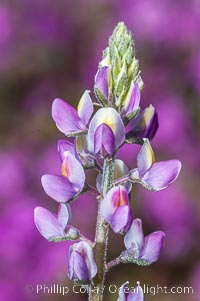
Arizona lupine is a common early spring ephemeral wildflower of the Colorado Desert. The purple-pink flowers show a yellow spot on the upper petal, which changes in color to red once the flower has been pollinated to discourage insects from visiting it after pollination. This photo shows both red and yellow petals. Anza Borrego Desert State Park.
Species: Arizona lupine, Lupinus arizonicus
Location: Anza-Borrego Desert State Park, Borrego Springs, California
Image ID: 10526
Species: Arizona lupine, Lupinus arizonicus
Location: Anza-Borrego Desert State Park, Borrego Springs, California
Image ID: 10526
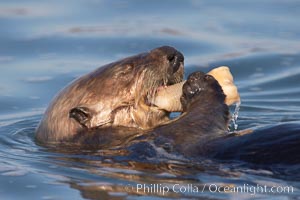
A sea otter eats a clam that it has taken from the shallow sandy bottom of Elkhorn Slough. Because sea otters have such a high metabolic rate, they eat up to 30% of their body weight each day in the form of clams, mussels, urchins, crabs and abalone. Sea otters are the only known tool-using marine mammal, using a stone or old shell to open the shells of their prey as they float on their backs.
Species: Sea otter, Enhydra lutris
Location: Elkhorn Slough National Estuarine Research Reserve, Moss Landing, California
Image ID: 21652
Species: Sea otter, Enhydra lutris
Location: Elkhorn Slough National Estuarine Research Reserve, Moss Landing, California
Image ID: 21652
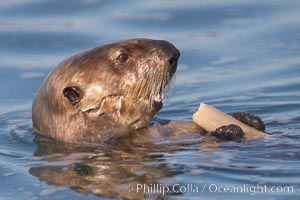
A sea otter eats a clam that it has taken from the shallow sandy bottom of Elkhorn Slough. Because sea otters have such a high metabolic rate, they eat up to 30% of their body weight each day in the form of clams, mussels, urchins, crabs and abalone. Sea otters are the only known tool-using marine mammal, using a stone or old shell to open the shells of their prey as they float on their backs.
Species: Sea otter, Enhydra lutris
Location: Elkhorn Slough National Estuarine Research Reserve, Moss Landing, California
Image ID: 21660
Species: Sea otter, Enhydra lutris
Location: Elkhorn Slough National Estuarine Research Reserve, Moss Landing, California
Image ID: 21660
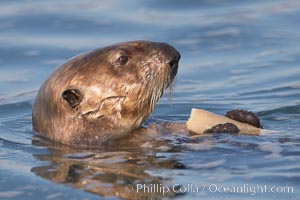
A sea otter eats a clam that it has taken from the shallow sandy bottom of Elkhorn Slough. Because sea otters have such a high metabolic rate, they eat up to 30% of their body weight each day in the form of clams, mussels, urchins, crabs and abalone. Sea otters are the only known tool-using marine mammal, using a stone or old shell to open the shells of their prey as they float on their backs.
Species: Sea otter, Enhydra lutris
Location: Elkhorn Slough National Estuarine Research Reserve, Moss Landing, California
Image ID: 21661
Species: Sea otter, Enhydra lutris
Location: Elkhorn Slough National Estuarine Research Reserve, Moss Landing, California
Image ID: 21661
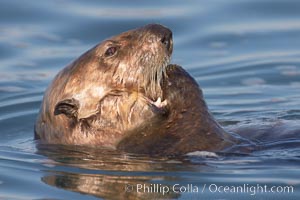
A sea otter eats a clam that it has taken from the shallow sandy bottom of Elkhorn Slough. Because sea otters have such a high metabolic rate, they eat up to 30% of their body weight each day in the form of clams, mussels, urchins, crabs and abalone. Sea otters are the only known tool-using marine mammal, using a stone or old shell to open the shells of their prey as they float on their backs.
Species: Sea otter, Enhydra lutris
Location: Elkhorn Slough National Estuarine Research Reserve, Moss Landing, California
Image ID: 21662
Species: Sea otter, Enhydra lutris
Location: Elkhorn Slough National Estuarine Research Reserve, Moss Landing, California
Image ID: 21662
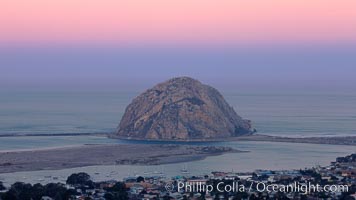
Earth shadow over Morro Rock and Morro Bay. Just before sunrise the shadow of the Earth can seen as the darker sky below the pink sunrise.
Location: Morro Bay, California
Image ID: 22213
Location: Morro Bay, California
Image ID: 22213
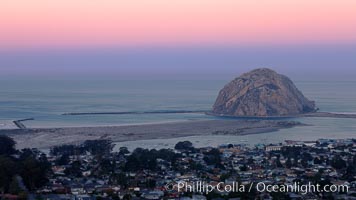
Earth shadow over Morro Rock and Morro Bay. Just before sunrise the shadow of the Earth can seen as the darker sky below the pink sunrise.
Location: Morro Bay, California
Image ID: 22214
Location: Morro Bay, California
Image ID: 22214
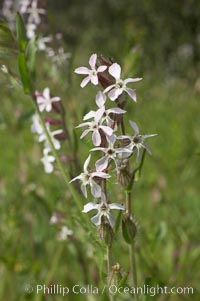
Windmill pink blooms in spring, Batiquitos Lagoon, Carlsbad.
Species: Windmill pink, Silene gallica
Location: Batiquitos Lagoon, Carlsbad, California
Image ID: 11460
Species: Windmill pink, Silene gallica
Location: Batiquitos Lagoon, Carlsbad, California
Image ID: 11460
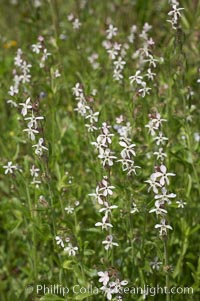
Windmill pink blooms in spring, Batiquitos Lagoon, Carlsbad.
Species: Windmill pink, Silene gallica
Location: Batiquitos Lagoon, Carlsbad, California
Image ID: 11461
Species: Windmill pink, Silene gallica
Location: Batiquitos Lagoon, Carlsbad, California
Image ID: 11461
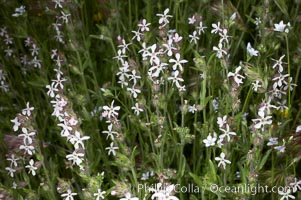
Windmill pink blooms in spring, Batiquitos Lagoon, Carlsbad.
Species: Windmill pink, Silene gallica
Location: Batiquitos Lagoon, Carlsbad, California
Image ID: 11462
Species: Windmill pink, Silene gallica
Location: Batiquitos Lagoon, Carlsbad, California
Image ID: 11462
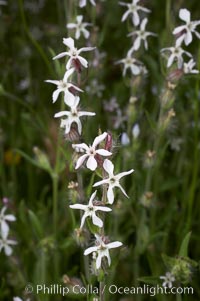
Windmill pink blooms in spring, Batiquitos Lagoon, Carlsbad.
Species: Windmill pink, Silene gallica
Location: Batiquitos Lagoon, Carlsbad, California
Image ID: 11463
Species: Windmill pink, Silene gallica
Location: Batiquitos Lagoon, Carlsbad, California
Image ID: 11463
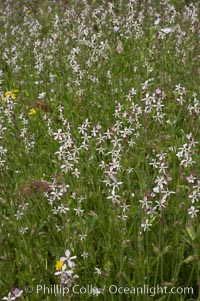
Windmill pink blooms in spring, Batiquitos Lagoon, Carlsbad.
Species: Windmill pink, Silene gallica
Location: Batiquitos Lagoon, Carlsbad, California
Image ID: 11464
Species: Windmill pink, Silene gallica
Location: Batiquitos Lagoon, Carlsbad, California
Image ID: 11464
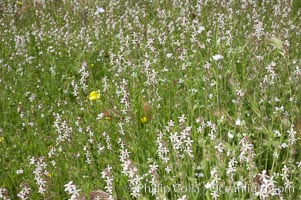
Windmill pink blooms in spring, Batiquitos Lagoon, Carlsbad.
Species: Windmill pink, Silene gallica
Location: Batiquitos Lagoon, Carlsbad, California
Image ID: 11465
Species: Windmill pink, Silene gallica
Location: Batiquitos Lagoon, Carlsbad, California
Image ID: 11465
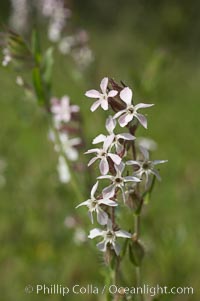
Windmill pink blooms in spring, Batiquitos Lagoon, Carlsbad.
Species: Windmill pink, Silene gallica
Location: Batiquitos Lagoon, Carlsbad, California
Image ID: 11466
Species: Windmill pink, Silene gallica
Location: Batiquitos Lagoon, Carlsbad, California
Image ID: 11466
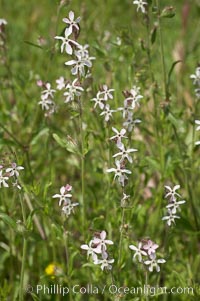
Windmill pink blooms in spring, Batiquitos Lagoon, Carlsbad.
Species: Windmill pink, Silene gallica
Location: Batiquitos Lagoon, Carlsbad, California
Image ID: 11467
Species: Windmill pink, Silene gallica
Location: Batiquitos Lagoon, Carlsbad, California
Image ID: 11467
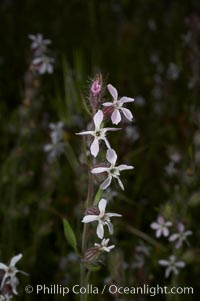
Windmill pink blooms in spring, Batiquitos Lagoon, Carlsbad.
Species: Windmill pink, Silene gallica
Location: Batiquitos Lagoon, Carlsbad, California
Image ID: 11468
Species: Windmill pink, Silene gallica
Location: Batiquitos Lagoon, Carlsbad, California
Image ID: 11468
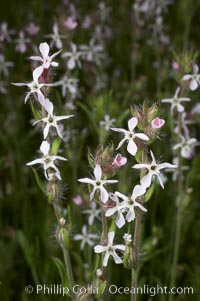
Windmill pink blooms in spring, Batiquitos Lagoon, Carlsbad.
Species: Windmill pink, Silene gallica
Location: Batiquitos Lagoon, Carlsbad, California
Image ID: 11469
Species: Windmill pink, Silene gallica
Location: Batiquitos Lagoon, Carlsbad, California
Image ID: 11469
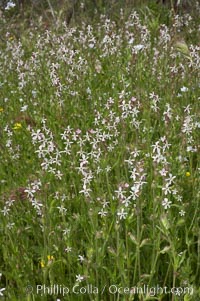
Windmill pink blooms in spring, Batiquitos Lagoon, Carlsbad.
Species: Windmill pink, Silene gallica
Location: Batiquitos Lagoon, Carlsbad, California
Image ID: 11470
Species: Windmill pink, Silene gallica
Location: Batiquitos Lagoon, Carlsbad, California
Image ID: 11470
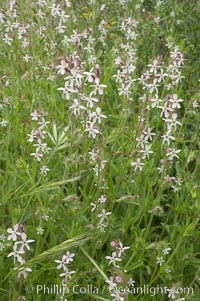
Windmill pink blooms in spring, Batiquitos Lagoon, Carlsbad.
Species: Windmill pink, Silene gallica
Location: Batiquitos Lagoon, Carlsbad, California
Image ID: 11471
Species: Windmill pink, Silene gallica
Location: Batiquitos Lagoon, Carlsbad, California
Image ID: 11471
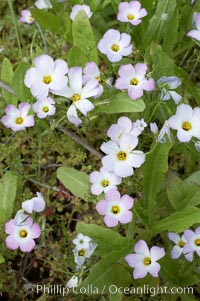
Ground pink blooms in spring, Batiquitos Lagoon, Carlsbad.
Species: Ground pink, Linanthus dianthiflorus
Location: Batiquitos Lagoon, Carlsbad, California
Image ID: 11487
Species: Ground pink, Linanthus dianthiflorus
Location: Batiquitos Lagoon, Carlsbad, California
Image ID: 11487
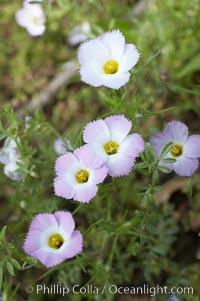
Ground pink blooms in spring, Batiquitos Lagoon, Carlsbad.
Species: Ground pink, Linanthus dianthiflorus
Location: Batiquitos Lagoon, Carlsbad, California
Image ID: 11488
Species: Ground pink, Linanthus dianthiflorus
Location: Batiquitos Lagoon, Carlsbad, California
Image ID: 11488
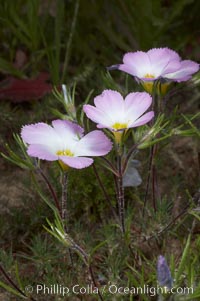
Ground pink blooms in spring, Batiquitos Lagoon, Carlsbad.
Species: Ground pink, Linanthus dianthiflorus
Location: Batiquitos Lagoon, Carlsbad, California
Image ID: 11489
Species: Ground pink, Linanthus dianthiflorus
Location: Batiquitos Lagoon, Carlsbad, California
Image ID: 11489